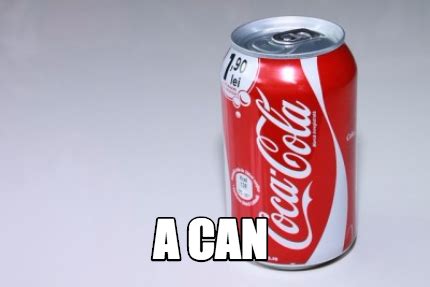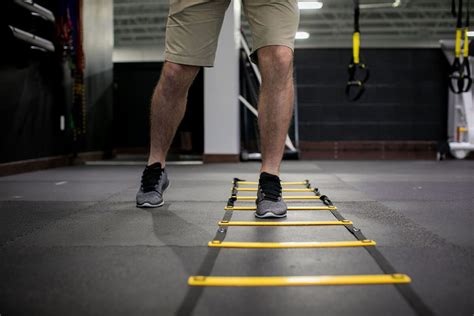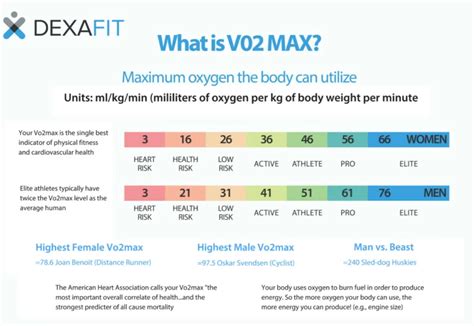Optimize your workout split for max hypertrophy & peak performance?
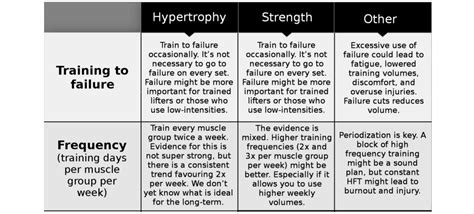
The Blueprint to Bigger Muscles and Better Performance
Achieving significant muscle hypertrophy and elevating your athletic performance isn’t just about showing up to the gym; it’s about strategic planning. The way you structure your training days – your workout split – plays a pivotal role in how effectively you stimulate muscle growth, facilitate recovery, and enhance your overall physical capabilities. A well-designed split ensures adequate stimulus, manages fatigue, and allows for consistent progression, making it a cornerstone of any successful strength training program.
Many lifters randomly pick exercises or follow a friend’s routine, often leading to plateaus or even injury. Understanding the principles behind different workout splits and how they align with your body’s physiological responses is the first step toward unlocking your full potential. This article will guide you through the intricacies of workout splits, helping you craft a regimen that propels you towards maximum hypertrophy and peak performance.

Demystifying Workout Splits: What Are They?
A workout split refers to how you divide your training sessions throughout the week, assigning specific muscle groups or movement patterns to particular days. Instead of training every muscle group every session, a split allows for focused work on certain areas while others recover. This targeted approach can be crucial for managing volume, frequency, and intensity, all of which are key drivers of adaptation.
The choice of a split dictates how often you train each muscle group per week, the total volume you can apply, and the rest periods between hitting the same muscles again. For hypertrophy, a high frequency (training a muscle group 2-3 times per week) coupled with adequate volume and intensity often yields superior results. For performance, the split might also consider specific skill work or strength cycles.
Popular Workout Split Configurations
There are several common workout splits, each with its own advantages and disadvantages. The best one for you depends on your experience level, recovery capacity, schedule, and specific goals.
- Full Body Split: Training all major muscle groups 2-4 times per week. Great for beginners, fostering frequent skill practice and high total weekly frequency.
- Upper/Lower Split: Dividing workouts into upper body days and lower body days, typically done 2 times per week for each. Offers a good balance of frequency and volume, suitable for intermediate lifters.
- Push/Pull/Legs (PPL) Split: A three-day rotation focusing on push movements (chest, shoulders, triceps), pull movements (back, biceps), and legs (quads, hamstrings, glutes). Often run 2 times per week (e.g., PPLRPPL). Excellent for hypertrophy with high volume and frequency.
- Bro Split (Body Part Split): Dedicating an entire session to one or two muscle groups (e.g., Chest Day, Back Day, Leg Day). Popular among bodybuilders, typically allowing for very high volume per muscle group per session, but lower frequency per week.
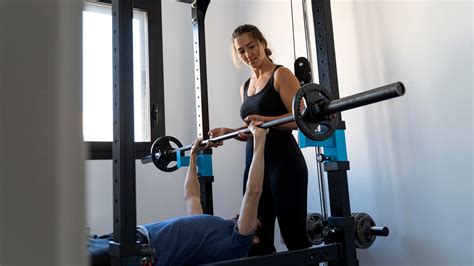
Core Principles for Hypertrophy and Performance
Regardless of the split you choose, certain universal principles must be applied to maximize muscle growth and improve performance:
- Progressive Overload: Continuously challenge your muscles by increasing weight, reps, sets, or decreasing rest times. Without progressive overload, adaptation stalls.
- Training Frequency: For hypertrophy, hitting a muscle group 2-3 times per week is often more effective than once a week. This allows for repeated muscle protein synthesis stimulation.
- Volume and Intensity: Find the right balance. Volume (sets x reps x weight) drives growth, while intensity (load relative to 1RM) is crucial for strength. Tailor these to your goals.
- Adequate Recovery: Muscles grow when you rest, not when you train. Ensure sufficient sleep and manage overall stress.
- Proper Nutrition: Fuel your body with adequate protein for muscle repair and growth, and sufficient calories for energy and recovery.

Tailoring Your Split for Optimal Results
Optimizing your workout split is a highly individualized process. Consider the following factors:
- Your Experience Level: Beginners benefit most from full-body routines. As you advance, you might need more specific splits like Upper/Lower or PPL to handle higher volumes and frequencies.
- Time Commitment: How many days per week can you realistically train? A 3-day full-body split is effective for many, while 4-6 days might suit an Upper/Lower or PPL.
- Recovery Capacity: Are you recovering adequately between sessions? Overtraining can hinder progress. Adjust volume and intensity based on how you feel.
- Specific Goals: Are you prioritizing strength, aesthetics, endurance, or a combination? Your split should reflect these priorities. For example, a powerlifter’s split might emphasize fewer reps at higher intensities on compound lifts.
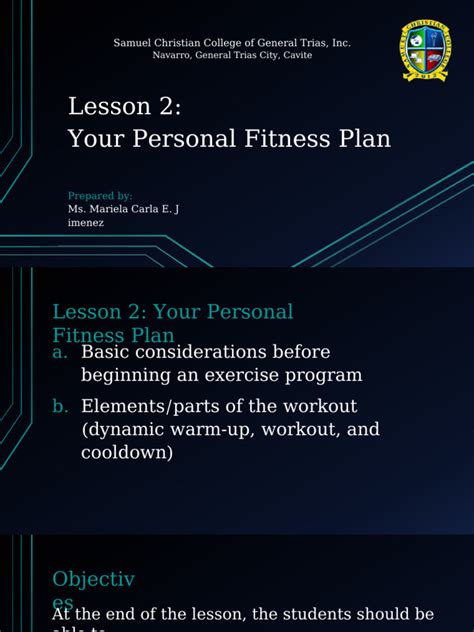
Sample Optimized Splits
Here are a few examples of how you might structure your week:
Beginner (3 Days/Week): Full Body
- Monday: Full Body A (Squat, Bench, Row, Overhead Press, Bicep Curl)
- Wednesday: Full Body B (Deadlift, Incline Press, Pull-ups, Dips, Calf Raises)
- Friday: Full Body C (Leg Press, Military Press, Lat Pulldown, Lunges, Triceps Extension)
Intermediate (4 Days/Week): Upper/Lower
- Monday: Upper Body A
- Tuesday: Lower Body A
- Thursday: Upper Body B
- Friday: Lower Body B
Advanced (6 Days/Week): Push/Pull/Legs (PPL)
- Monday: Push
- Tuesday: Pull
- Wednesday: Legs
- Thursday: Push
- Friday: Pull
- Saturday: Legs

Continuously Adapting and Evolving Your Training
Your body adapts, and so should your training. Periodically reassess your split. If you hit a plateau, consider changing your split, adjusting volume, intensity, or exercise selection. Listen to your body, prioritize recovery, and be patient. Consistency and intelligent programming will ultimately lead to the best results for both hypertrophy and performance.
Optimizing your workout split is an ongoing journey of experimentation and refinement. By understanding the underlying principles and applying them thoughtfully, you can design a training regimen that not only stimulates maximum muscle growth but also enhances your overall athletic prowess, helping you consistently achieve new personal bests in the gym and beyond.
